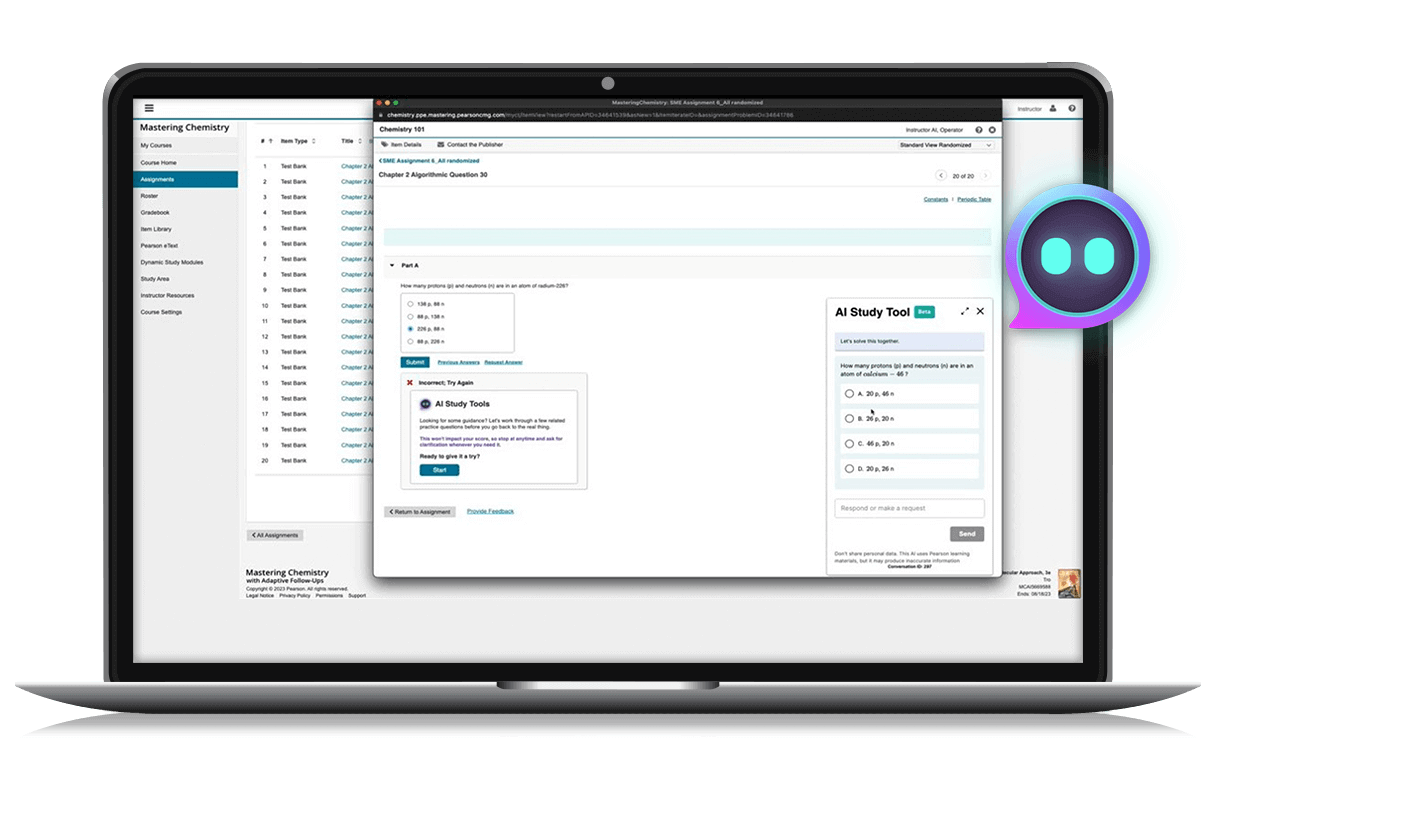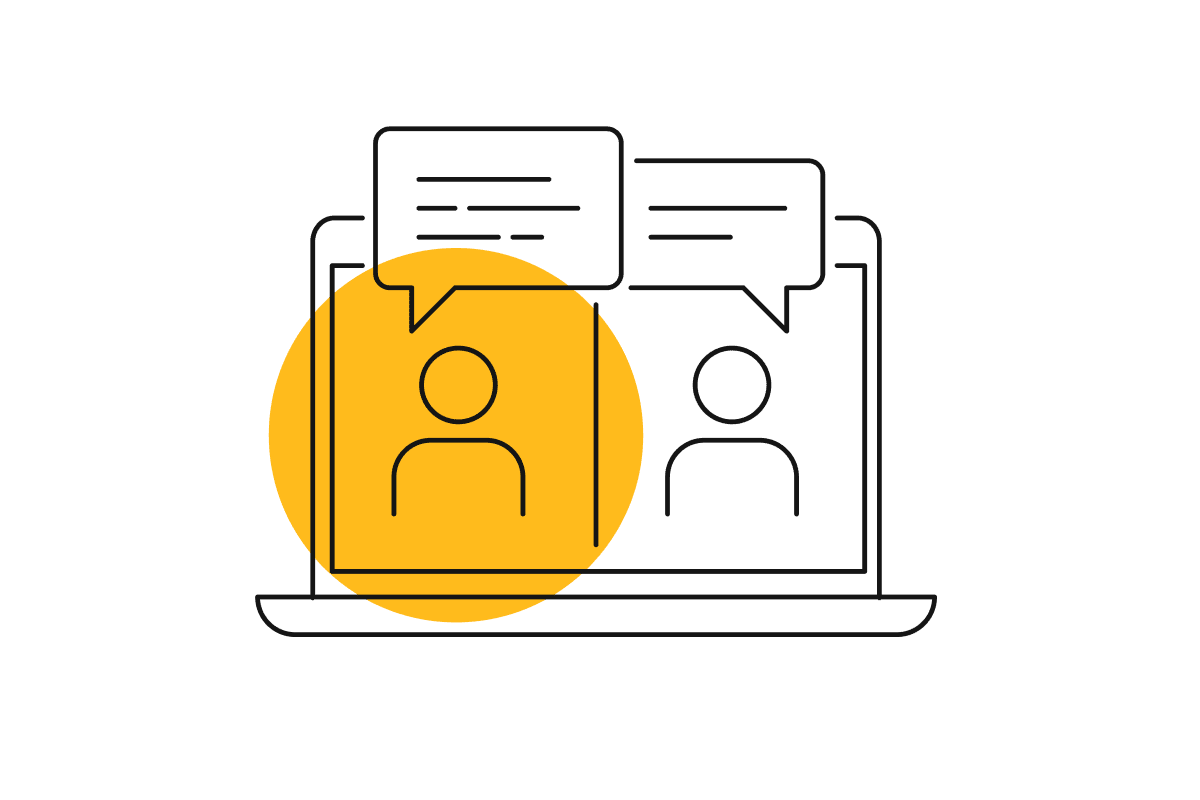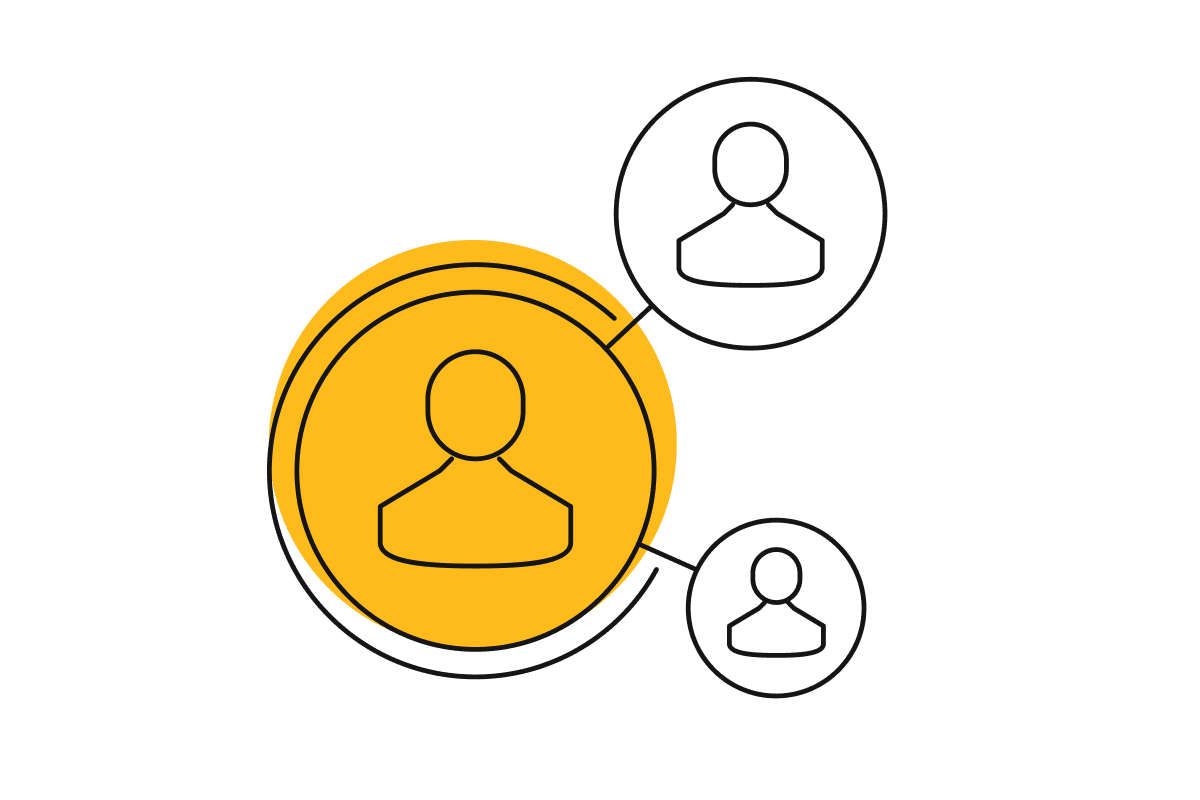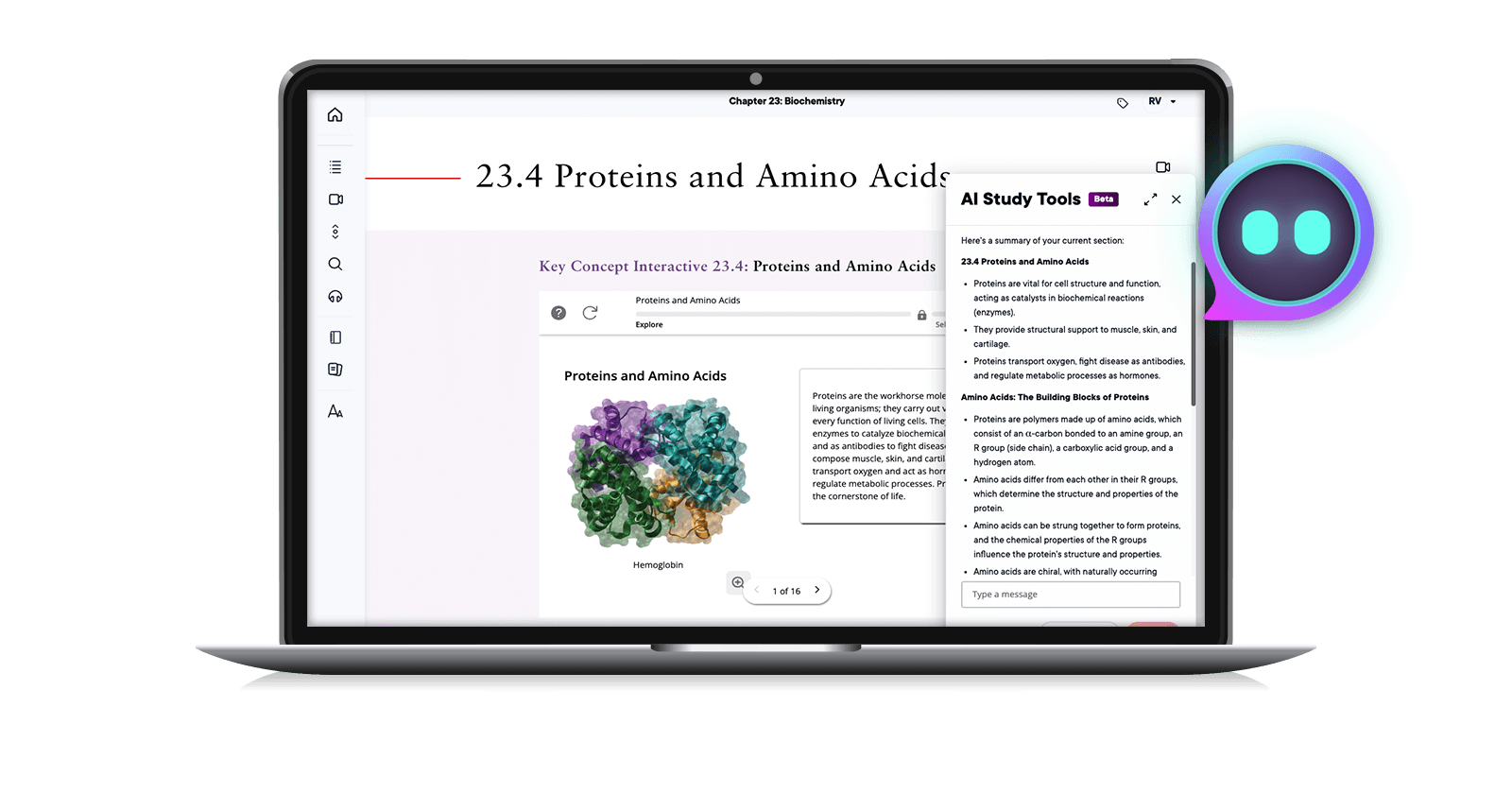Discover Pearson's new AI-powered study tools. Hear from the product team and a faculty advisor on how these innovations can improve independent learning and turn mistakes into teachable moments.

Introducing an AI-powered study tool for MyLab and Mastering
Available in select products for the fall 2024 academic term
Turn homework mistakes into teachable moments


Personalized Homework Help
When a student answers an assigned question incorrectly, the study tool appears, offering to guide the learner step-by-step through a similar problem.
AI-guided practice breaks down complex challenges and helps students solve the homework problem, preparing them for their next assignment or exam.

Simplified Explanations
The study tool excels at breaking down complex material to help students grasp course concepts. The student can ask for context, clarification or just request a simpler explanation.
Drawing from contextual knowledge based on trusted content, the study tool replies with the help that’s needed.

Productive Practice
When the study tool intervenes to help a student get back on track, it turns that student’s mistake into a learning opportunity.
Walking through guided practice with an expert chatbot allows a student to get clarity and build the confidence required to participate in class.
Students who used the AI study tool spent more time in their courseware and 75% of users said the tool was ‘helpful’ or ‘very helpful’ for their studies.
"Wow. This is beautiful. The content is true and explained well. It's not just saying that the answer is wrong, it's actually explaining it well."
– Faculty beta tester, College of DuPage
“I felt much more prepared for class, quizzes, and exams all around. Not to mention, you could ask the AI study tool any question at any given time.”
- Student beta tester, Cerritos Community College
More on AI from Pearson
Webinars
Explore the evolving role of AI in higher ed. Join our panel discussion on thoughtful AI use and practical strategies for using it effectively in the classroom.
Join us for a discussion of the findings of a recent faculty survey about generative AI. Discover how responses have evolved, what questions have been answered, and what still remains uncertain.
Blogs
-
Three simple ways to use AI to empower teaching and learning
Artificial intelligence (AI) has been the hot topic on the block for a few years, and there are mixed feelings about it.
Some people fear its potential for misuse and academic dishonesty. However, conversations about AI in higher education have broadened to encompass this technology’s tremendous ability to positively transform teaching and learning. Our job as educators is to bridge the daunting gap of the unknown and help our students learn how to use this new tool at their disposal. Instead of shying away from this incredibly useful resource, we should be instructing students on the moral and appropriate ways to utilize AI.
Here are a few ways that AI can be used to enhance and empower classroom instruction.
-
Voices of Innovation: A Q&A Series on Generative AI – Part 7
Using technology to improve teaching and learning is in Pearson’s DNA. As the first major higher education publisher to integrate generative AI study tools into its proprietary academic content, Pearson is excited to be harnessing the power of AI to drive transformative outcomes for learners. We are focused on creating tools that combine the power of AI with trusted Pearson content to provide students with a simplified study experience that delivers on-demand, personalized support, whenever and wherever they need it.
In this multi-part blog series, you’ll have a chance to hear about AI innovations from Pearson team members, faculty, and students who have been involved with the development and rollout of Pearson’s AI-powered study tools.
-
Voices of Innovation: A Q&A Series on Generative AI – Part 6
Using technology to improve teaching and learning is in Pearson’s DNA. As the first major higher education publisher to integrate generative AI study tools into its proprietary academic content, Pearson is excited to be harnessing the power of AI to drive transformative outcomes for learners. We are focused on creating tools that combine the power of AI with trusted Pearson content to provide students with a simplified study experience that delivers on-demand, personalized support, whenever and wherever they need it.
In this multi-part blog series, you’ll have a chance to hear about AI innovations from Pearson team members, faculty, and students who have been involved with the development and rollout of Pearson’s AI-powered study tools.

Also available in Pearson+ eTextbooks
Discover the power of an interconnected learning experience with the AI-powered study tool in Pearson+ eTextbooks. Empower students to make every moment a learning opportunity.




